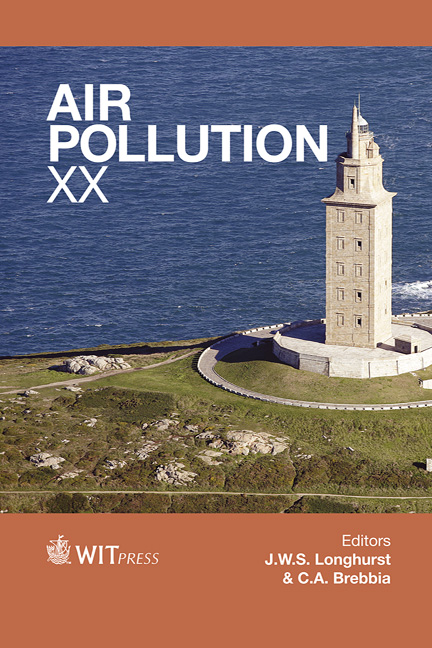Predicting The Life Time Of Steels In CCS Environment From Long Term Local Corrosion Experiments
Price
Free (open access)
Transaction
Volume
157
Pages
11
Page Range
411 - 421
Published
2012
Size
3,210 kb
Paper DOI
10.2495/AIR120361
Copyright
WIT Press
Author(s)
A. Pfennig, S. Schulz, T. Werlitz, E. Bülow, S. Wetzlich, J. Tietböhl, C. Frieslich & A. Kranzmann
Abstract
To predict the reliability and safety during the injection of compressed emission gases – mainly containing CO2 – into deep geological layers (CCS-technology, Carbon Capture and Storage), the influence of heat treatment on pit corrosion needs to be considered. Different heat treated steels used as an injection pipe with 13% chromium and 0.46% carbon (X46Cr13, 1.4034) and 0.2% carbon (X20Cr13, 1.4021) as well as 16% chromium steel X5CrNiCuNb16-4 (1.4542) were tested in laboratory experiments. The samples were exposed for up to 1 year to the distinct synthetic aquifer environment saturated with technical CO2 at a flow rate of 3 l/h. The corrosion rate generally does not exceed 0.03 mm/year. Pits with maximum pit heights around 300 μm were obtained for hardened X20Cr13 with martensitic microstructure. The least amount of pits is found on X46Cr13. The higher carbon content in, X46Cr13 (0.46% C), results in a lower amount of pits compared to X20Cr13 (0.20%). Keywords: steel, heat treatment, pit corrosion, CCS, CO2-injection, CO2-storage. 1 Introduction Engineering a geological on-shore aquifer CCS-site (CCS Carbon Capture and Storage [1–3]) corrosion of the casing and injection pipe steels may become an issue when emission gases, e.g. from the combustion processes of power plants, are compressed into deep geological layers [4–8]. From thermal energy
Keywords
steel, heat treatment, pit corrosion, CCS, CO2-injection, CO2-storage.





